UVA vs UVB Rays: Differences, Risks, Benefits
Key Takeaways:
- UVA and UVB rays are forms of ultraviolet radiation (UVR) from the sun. UVA rays have longer wavelengths and are more common, making up about 90-95% of the UVR reaching the Earth's surface. UVB rays, on the other hand, have shorter wavelengths and account for 5-10% of UVR on Earth.
- UVA rays penetrate deeper into the skin and can cause long-term damage like premature aging and collagen breakdown, leading to sagging skin and wrinkles. UVB rays are more intense and mainly affect the top layer of the skin. UVB rays lead to immediate damage like sunburns. Over time, UVB exposure can also lead to an increased risk of skin cancer, cataracts and chronic inflammation.
- Both natural and artificial sources of UV radiation, such as tanning beds, can cause skin damage. Effective sun protection involves using broad-spectrum sunscreen, wearing protective clothing, and minimizing sun exposure, especially during peak sunlight hours, to safeguard against UVA and UVB rays.
UVA vs. UVB: Understanding how the sun’s rays affect your skin
All energy that comes from the sun is known as solar radiation or solar energy. A well-known form of solar energy is ultraviolet radiation (UVR). The two most common types of UVR are ultraviolet A (UVA) and ultraviolet B (UVB) rays.
UVA rays penetrate deeper into the skin, causing premature aging, while UVB rays primarily cause sunburn and are more harmful, leading to skin cancer. UVA and UVB rays affect your skin and health in various ways. Understanding the differences between UVA and UVB rays can help you better protect your skin.
This article will explore how each type of UV radiation affects your skin and overall health.
Which is more harmful, UVA or UVB?
UVA and UVB rays are both forms of UV radiation. However, UVA and UVB rays have different wavelengths, prevalence and potential health impacts. UVA rays are more common and can lead to premature aging, while UVB rays are less common but are more harmful. Here’s what sets them apart:
UVA vs. UVB:
- UVA: UVA rays have longer wavelengths, making up about 90-95% of the UV radiation reaching the Earth's surface. They can penetrate deeper into the skin, leading to premature aging and indirectly increasing the risk of developing skin cancer.
- UVB: UVB rays have shorter wavelengths and account for only about 5-10% of the UV radiation that reaches us. Despite their lower prevalence, UVB rays are more intense and directly harmful to the skin. They are the primary cause of sunburn and play a significant role in developing skin cancer.
Although UVB radiation is less abundant than UVA, its higher carcinogenic (cancer-causing) potential makes it more dangerous. Some studies also acknowledge that UVA rays may increase or worsen some of the harmful effects of UVB rays.
The impact of UV rays on skin health
UV radiation (UVR) can cause various skin issues, such as inflammation, early skin aging and certain types of cancer. While the sun is the natural source of UV radiation (UVR), artificial UV light sources also exist. Tanning beds are a popular source of artificial UVR and have been linked to skin damage.
UVA rays go deep into the skin and can cause long-term damage like collagen breakdown, early skin aging (photoaging) and inflammation. UVA rays can also create oxidative stress, which can contribute to cell and tissue damage and increase the risk of certain types of cancer. Another difference between UVA and UVB is that UVA can have some therapeutic benefits. For instance, psoralen and ultraviolet A therapy (PUVA) is a type of therapy that can be used to treat certain skin conditions, like psoriasis.
UVB rays are mainly absorbed by the top layer of the skin (epidermis). In the short term, UVB exposure can cause skin damage, like sunburn. In the long term, repeated UVB exposure can lead to chronic inflammation, cataracts and DNA mutations that can eventually turn into skin cancer, like melanoma.
Skin cancer and UV radiation
Overexposure to UV radiation — whether from the sun or artificial sources (tanning beds) — is linked to three types of skin cancer: basal cell carcinoma (BCC), squamous cell carcinoma (SCC), and cutaneous malignant melanoma (CMM). Both UVA and UVB can increase the risk of skin cancer, but UVB is more malignant.
BCC risk increases due to sunburns caused by UVB radiation and cumulative sun damage. Built-up UV exposure can also cause small patches of dry or rough skin known as actinic keratoses. Actinic keratoses are often one of the earliest signs of SCC and BCC. CMM, a cancer of the pigment cells, is linked to sporadic but prolonged sun exposure, like sunbathing.
UV radiation can cause cancer in different parts of the body, such as:
- Skin: Parts of the skin that are most exposed to the sun, like the head, neck, shoulders, arms and torso, to name a few.
- Lips: Unprotected exposure to the sun has been linked to lip cancer. Lip cancer is more common in men. Certain studies believe this is because women tend to use lip products with SPF more commonly than men.
Protecting your skin from UV damage
There are several ways to protect your skin from UV damage. The most effective way to practice sun safety is to limit your sun exposure. You can do this by staying indoors or in the shade when the sun is at its brightest and by using UV protection products, such as UV clothing. Additionally, using a broad-spectrum sunscreen every day (yes, even on cloudy days) can offer year-round protection from UV rays.
Best sun protection tips to prevent UV damage from the sun:
- Choose the right sunscreen: Opt for a broad-spectrum sunscreen with SPF 30 or above.
- Stay shady: Look for shady spots or bring a UV protection umbrella to sit beneath when you plan to be out in the sun.
- Wear protective clothing: Keeping your body and face covered and out of the sunlight can help protect against unwanted UV damage. This can include linen shirts, special UV protective clothing or rashguards, hats and UV protective sunglasses.
Best sunscreens for UVA and UVB protection
Sunscreen is another great way to keep your skin safe. However, it’s important to note that not all sunscreens offer protection against all types of UV rays. Many people pick their sunscreen based on its sun protection factor (SPF). However, there are a few other key elements that are just as important to consider.
Many sunscreen products only protect against UVB rays, not UVA rays. While UVB protection is great, protection from UVA rays — which also cause UV damage like skin aging — is just as important. To ensure protection from both types of rays, look for sunscreens that offer broad-spectrum protection. Broad-spectrum protection sunscreens often have UVA-blocking ingredients, like zinc oxide.
Last but certainly not least, turn sunscreen into a daily habit. It can be tempting to skip sunscreen on cloudy or rainy days. However, UV radiation can still be present even when the sun’s rays are hiding behind gray clouds.
How Sesame can help
Keeping your skin safe from UV rays can prevent sun damage, early aging and even skin cancer. If you're seeking advice on reducing sun damage or enhancing your skincare routine for maximum sun safety, book an online skin consult with a provider on Sesame today.
During the visit, a licensed dermatologist or specialists can help you identify and assess skin abnormalities. They can also answer your questions about skin cancer prevention and offer expert advice personalized to your needs, goals and lifestyle.
Related posts
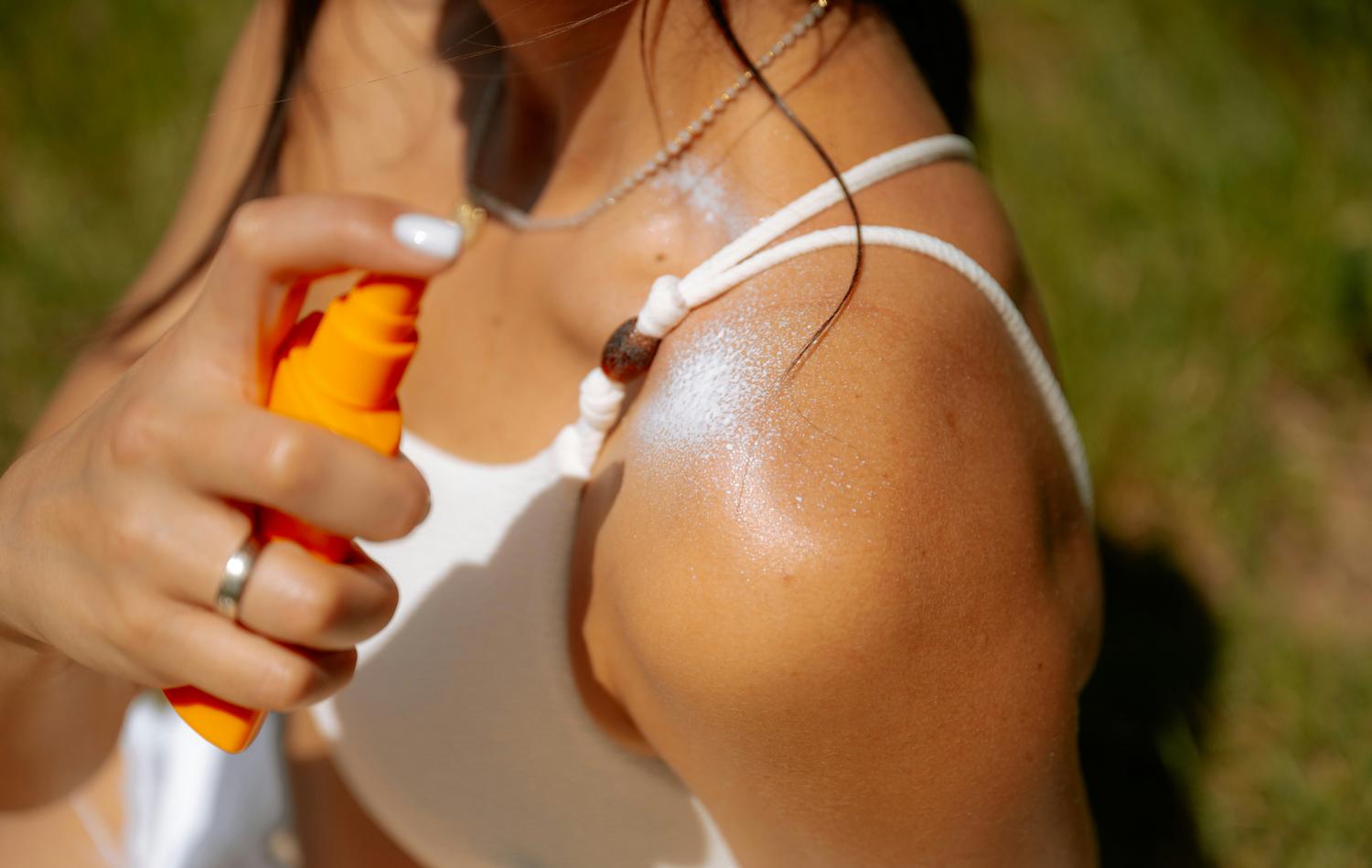
Is there really a difference between SPF 30 and SPF 50? And how can you get the most protection out of your sunscreen? Read on to learn more about SPF strength differences and how to protect your skin from the sun’s harmful rays.
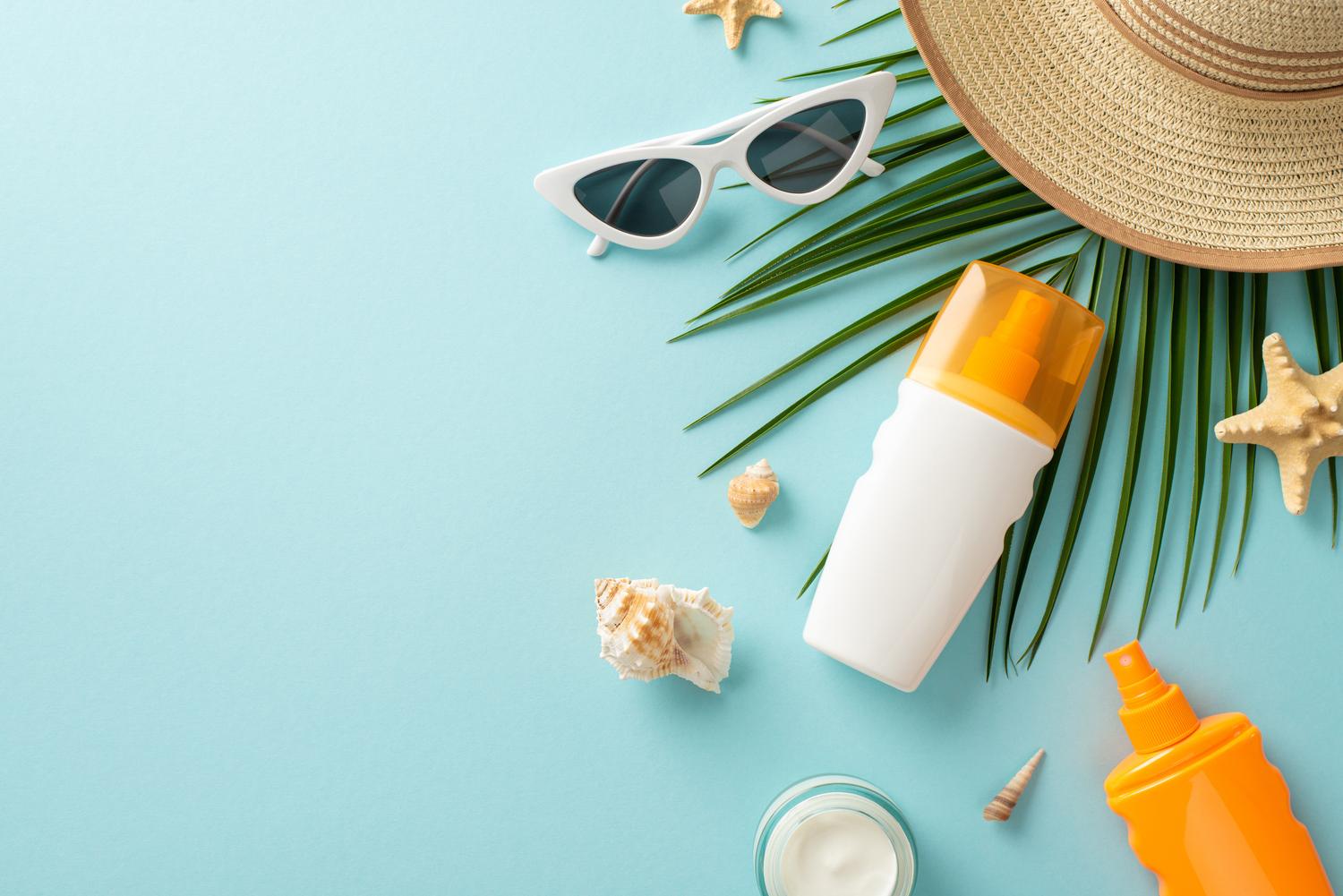
Explore UV sunglasses, clothing, stickers, and beach umbrellas that enhance your sun protection routine, allowing you to enjoy summer safely. Learn how these products offer added defense against harmful UV rays.
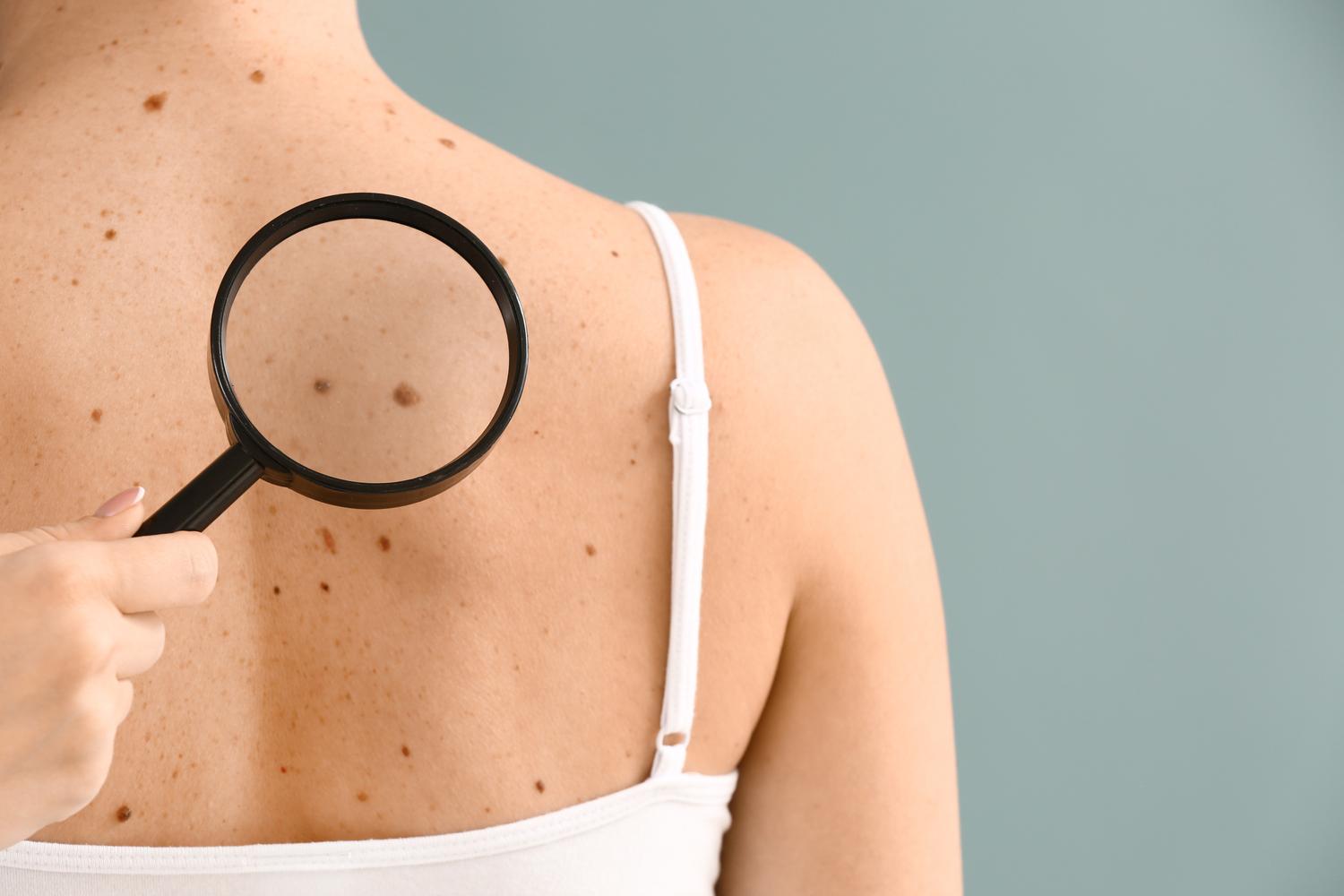
An estimated one in five Americans will develop skin cancer in their lifetime. Here's what you need to know about skin cancer causes, detection and prevention.
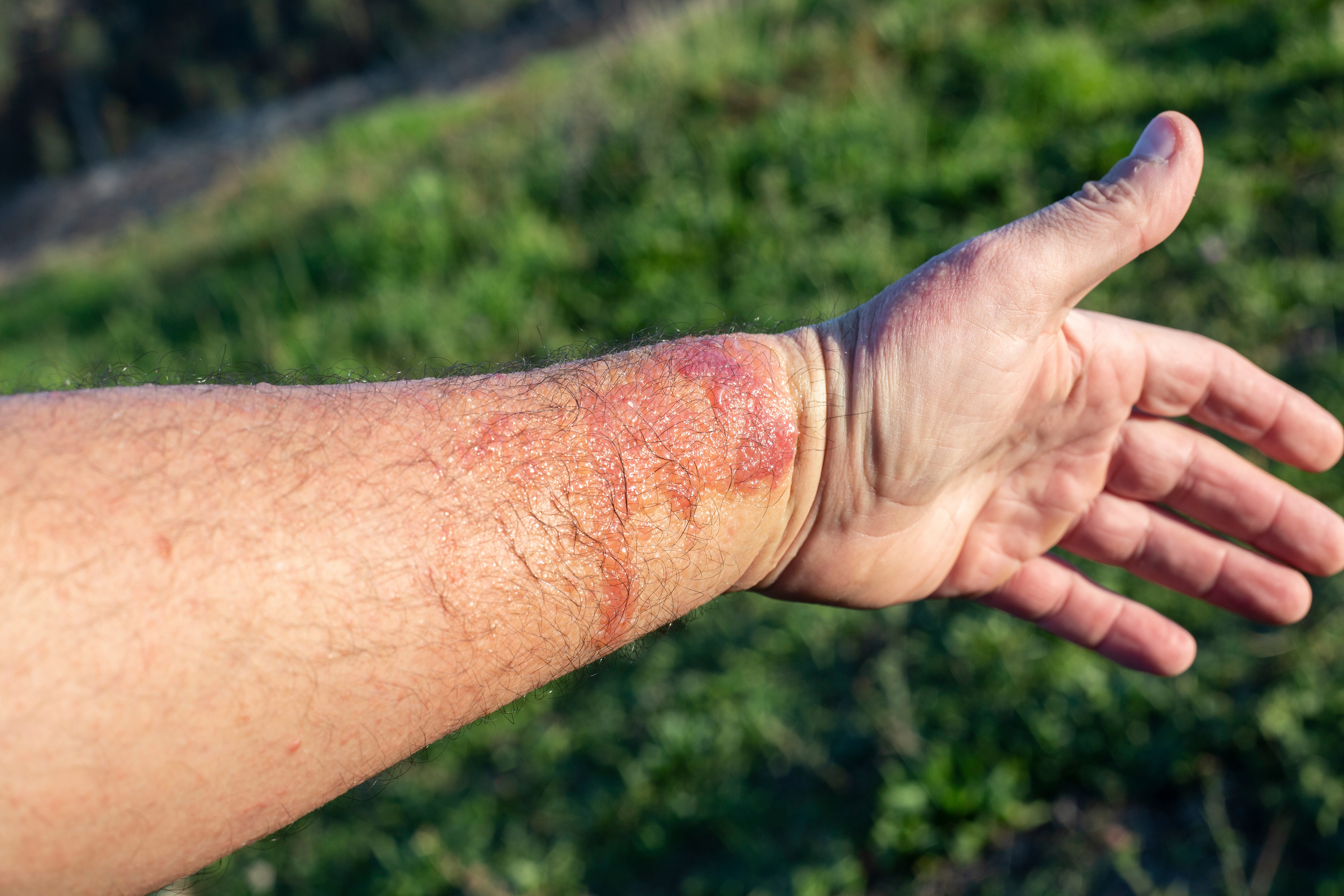
Learn how to treat and prevent rashes and blisters from margarita burn (phytophotodermatitis), a painful skin reaction caused by citrus and sun exposure.
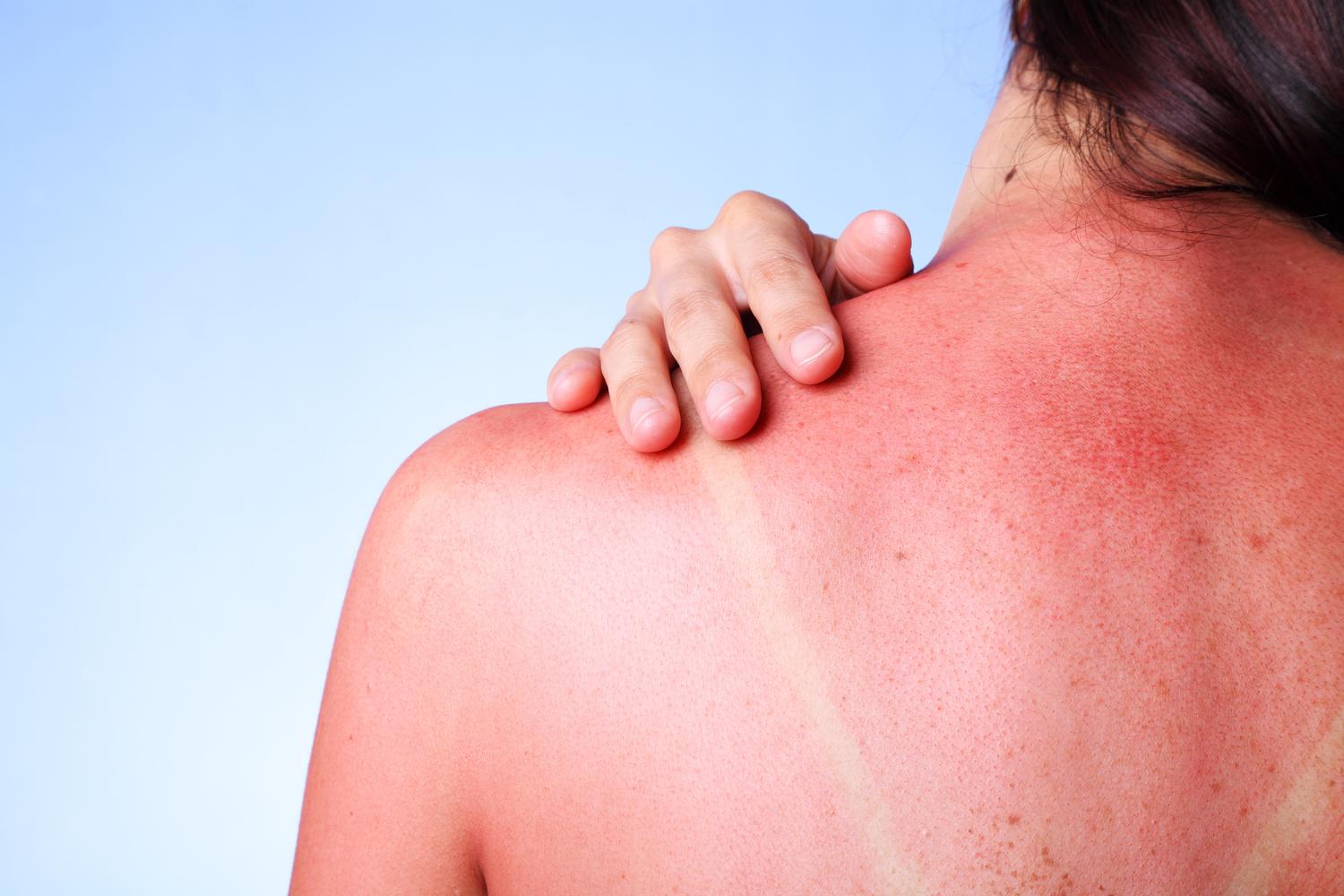
Around a third of Americans report getting sunburned each year. Common as sunburns are, they're also painful and can cause long-term damage to your skin. Read on for treatment and prevention tips to help keep your skin protected now and into the future
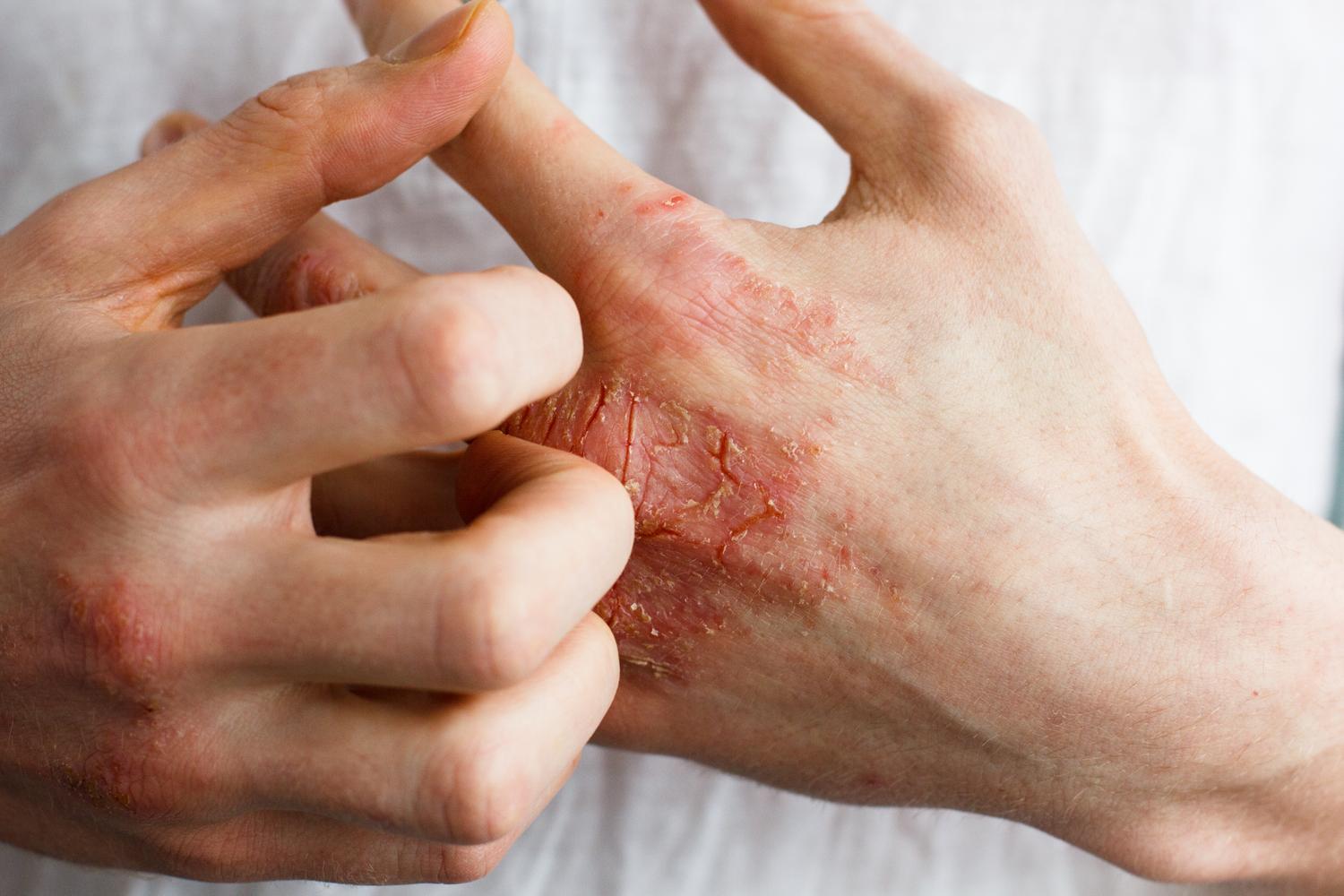
Explore the differences between eczema and psoriasis, two chronic skin conditions. Discover their symptoms, causes and various treatment options to help manage these conditions effectively.
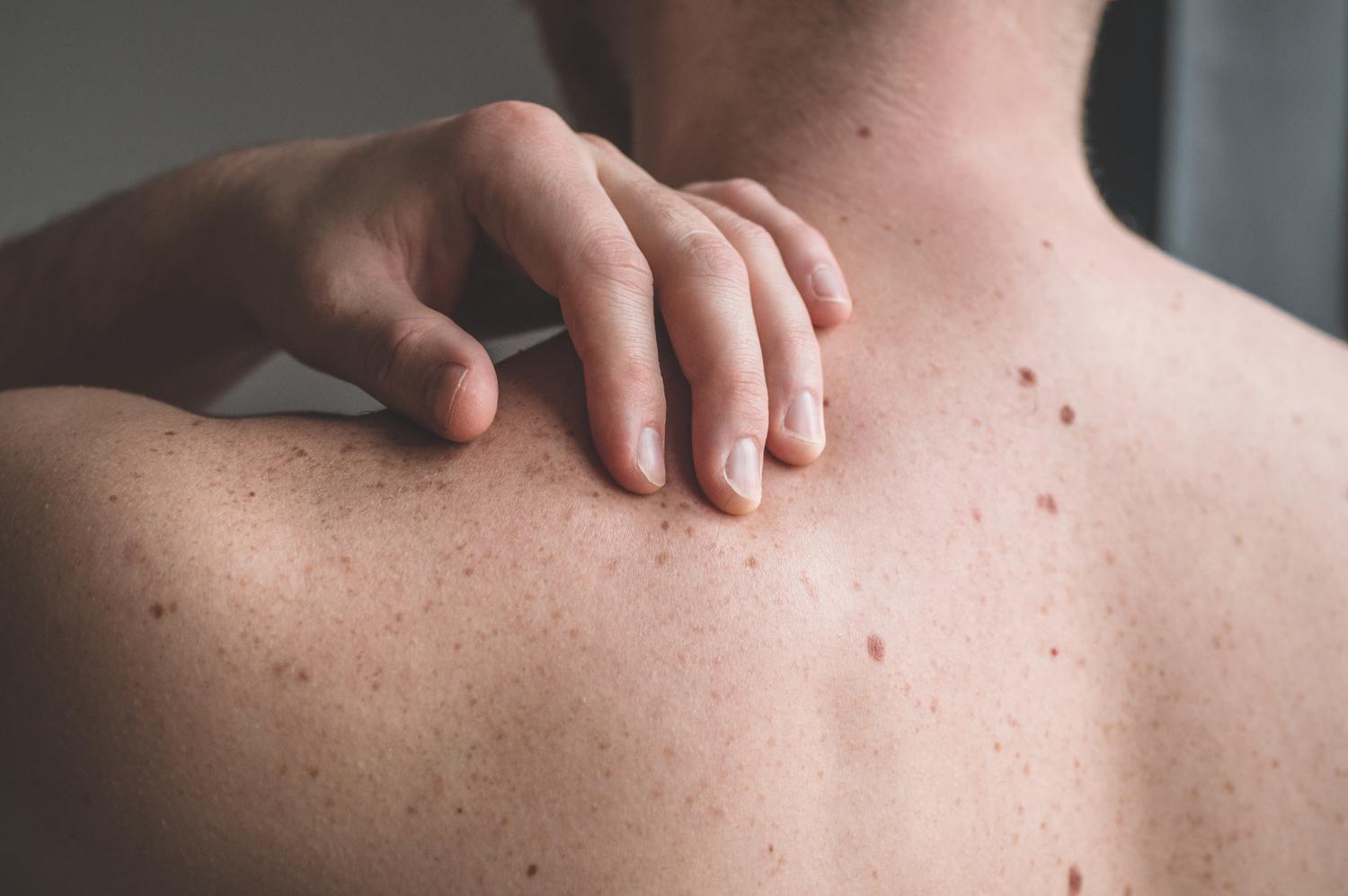
It’s so important to know the signs of skin cancer and treat it quickly. In this blog, we'll discuss the different types of skin cancer, along with 10 key signs and symptoms to be aware of.
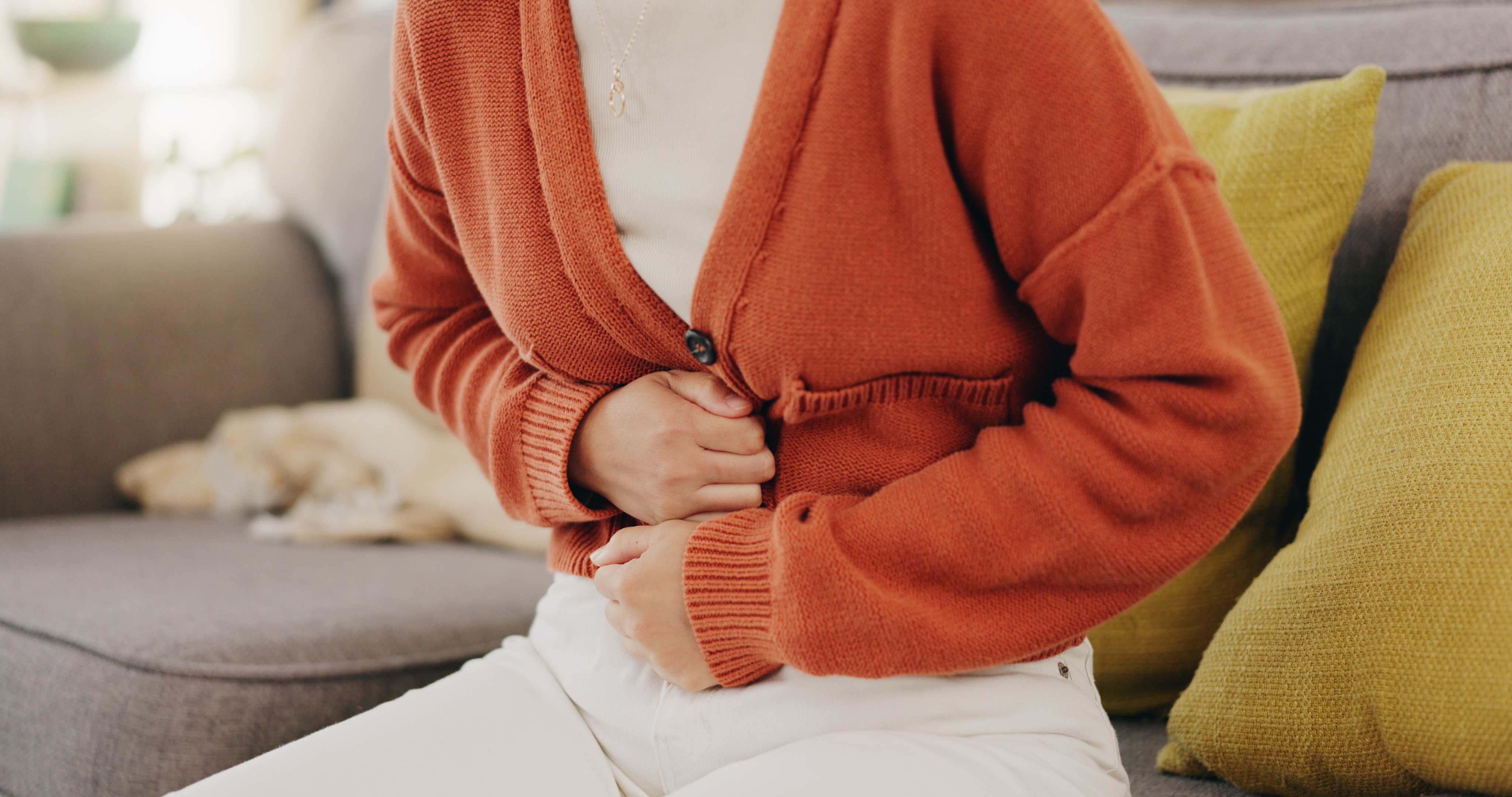
Irritable Bowel Syndrome (IBS) and Inflammatory Bowel Disease (IBD) are two different conditions that often get mixed up. This article will talk about the key differences and similarities between IBS and IBD, along with common symptoms of each condition.
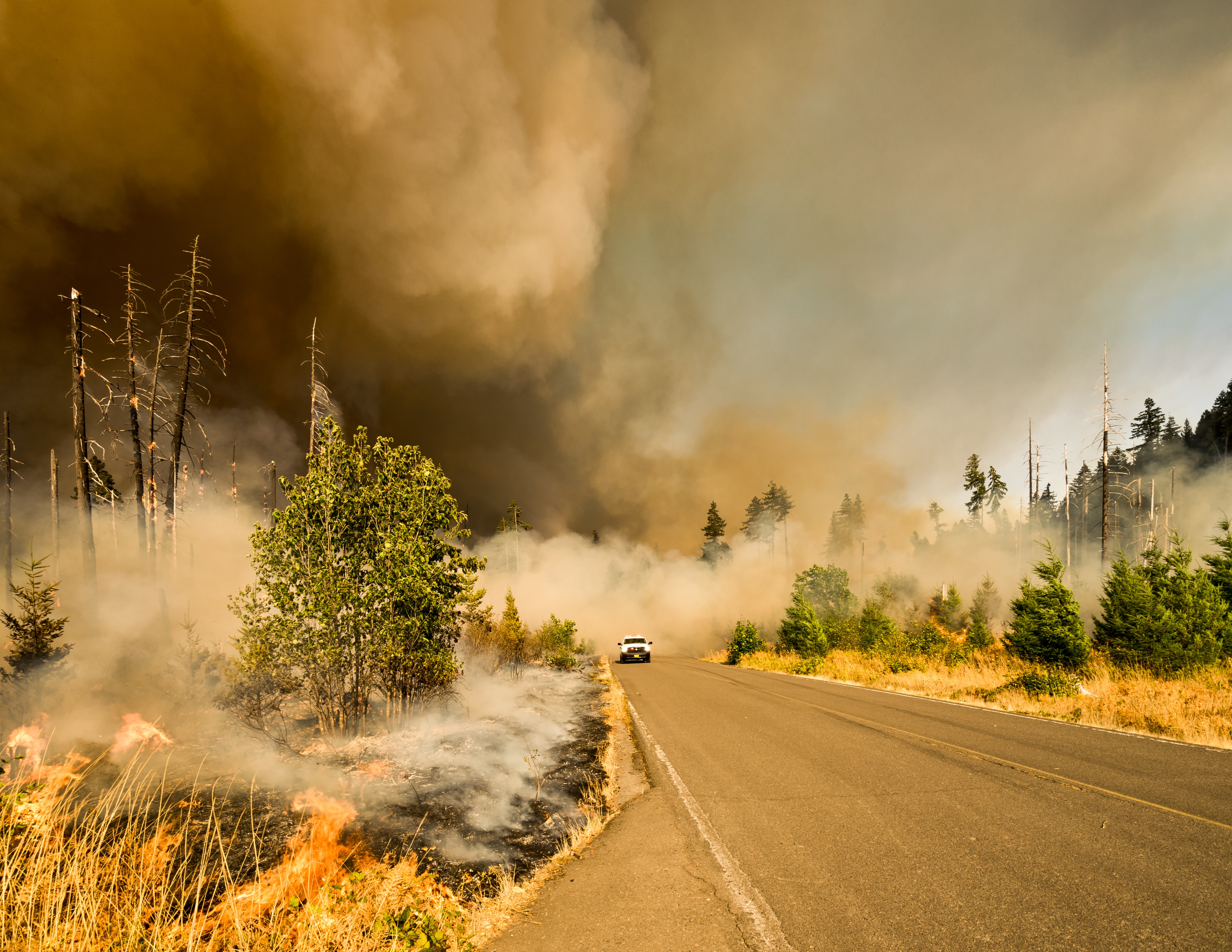
In order to safeguard ourselves and our loved ones, it is crucial to take proactive measures to protect against wildfire smoke. We address some frequently-asked questions about air quality, wildfire smoke health risks.
